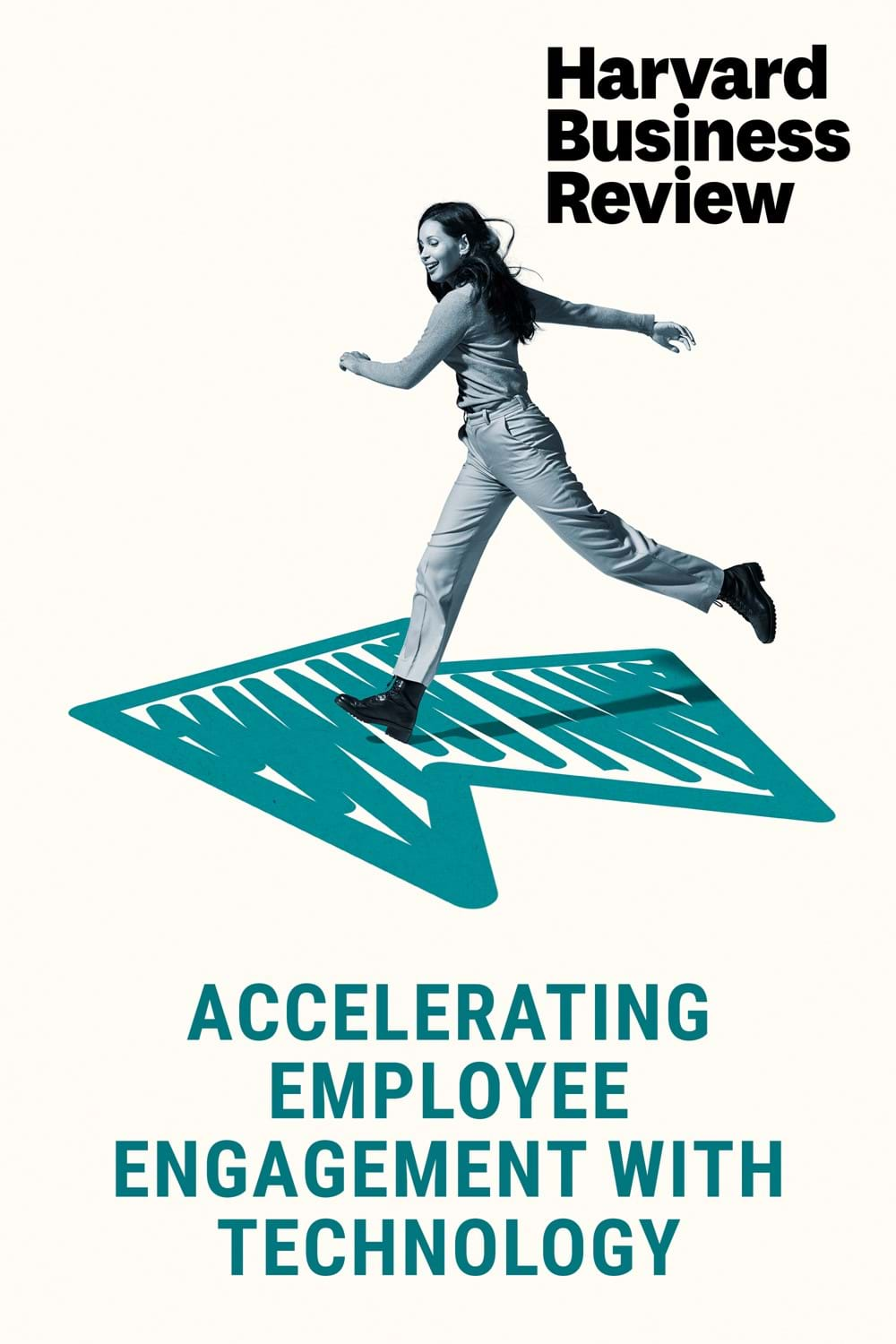Accelerating employee engagement with technology
As enterprises everywhere strive to attract, retain, and optimize top talent, the quality of the digital experiences we serve our employees has never been more important. We partnered with Harvard Business Review Analytics Services to survey nearly 500 global executives to understand how they are using technology to accelerate employee engagement. Find out how leading enterprises are leaning into digital to get ahead.

Get the free guide
Understanding the role of technology in unlocking employee engagement
Employee engagement challenges are estimated to cost the global economy $8.8tr per year, according to Gallup. That's more than 8% of global GDP. In a workplace plagued by quiet quitting, high turnover, and unsatisfactory onboarding, finding ways to move the dial on engagement is mission-critical, and in our new hybrid world, technology is key to turning the tide.
So what is the role of technology in unlocking employee engagement? How are leading enterprises leveraging the power of digital to revive workplace satisfaction? We partnered with Harvard Business Review Analytics Services to find out.
What's inside this report?
- New data that supports the link between digital experience and employee engagement
- Insights from digital experience and employee engagement specialists, including Gene Phifer, former Gartner analyst, and Jennifer Sproull, Director at The Institute of Internal Communications
- Recommendations on where and how to leverage technology to make the biggest impact on employee engagement levels
Who should read this guide?
This report will offer valuable insights for people leaders striving to create inspiring workplaces. Whether you work in HR, IT, or internal communications, this report will help you to understand the role of technology in elevating employee engagement and transforming employee experience.










